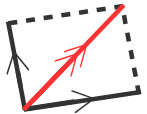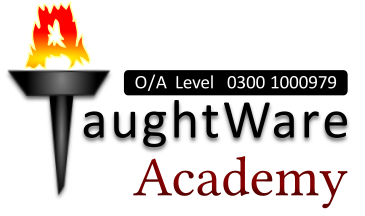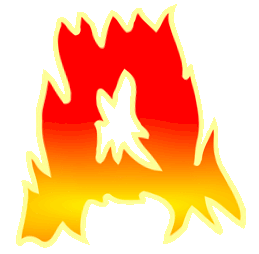-
Force: It is a push or pull that one object exerts on another which produces, or tends to produce motion, stops or tends to stop motion.
-
Unit: N
-
Examples of forces are:
weight; tension; magnetic force; electric force; contact force; friction; resistance;
-
-
Addition of vectors
-
Simply add / subtract if vectors are acting in a line.
-
Law of Parallelogram:
-

-
-
Head-to-tail Rule:
-

-
Newton’s Laws of Motion
-
First Law: Every object continues in its state of rest or uniform motion in a straight line unless a resultant force acts on it to change its state.
-
Second Law: Acceleration of a mass is directly proportional to the resultant force.
F ∝ a
F = m a
Note: Acceleration has the same direction as the resultant force.
-
Third Law: To every action there is an equal and opposite reaction.
-
-
Balanced forces
-
When there is no resultant force
-
acceleration will be zero (2nd Law)
-
no change in state of motion (1st Law)
-
-
-
Unbalanced forces
-
When there is a resultant force
-
acceleration will NOT be zero (2nd Law)
-
change in state of motion(1st Law)
-
-
-
Friction: It is the force that opposes motion.
-
It has advantages and disadvantages.
-
Friction is affected by
-
lubrication / oiling
-
how hard the surfaces are rubbed together
-
nature of the surfaces in contact
-
-
Types
-
Static friction is the friction when a body is not moving.
-
Limiting friction is the (maximum static) friction when a body is just about to move.
-
Dynamic friction is the friction when a body is moving.
Note: Dynamic friction is always less than limiting friction.
-
-
Go back to table of contents



